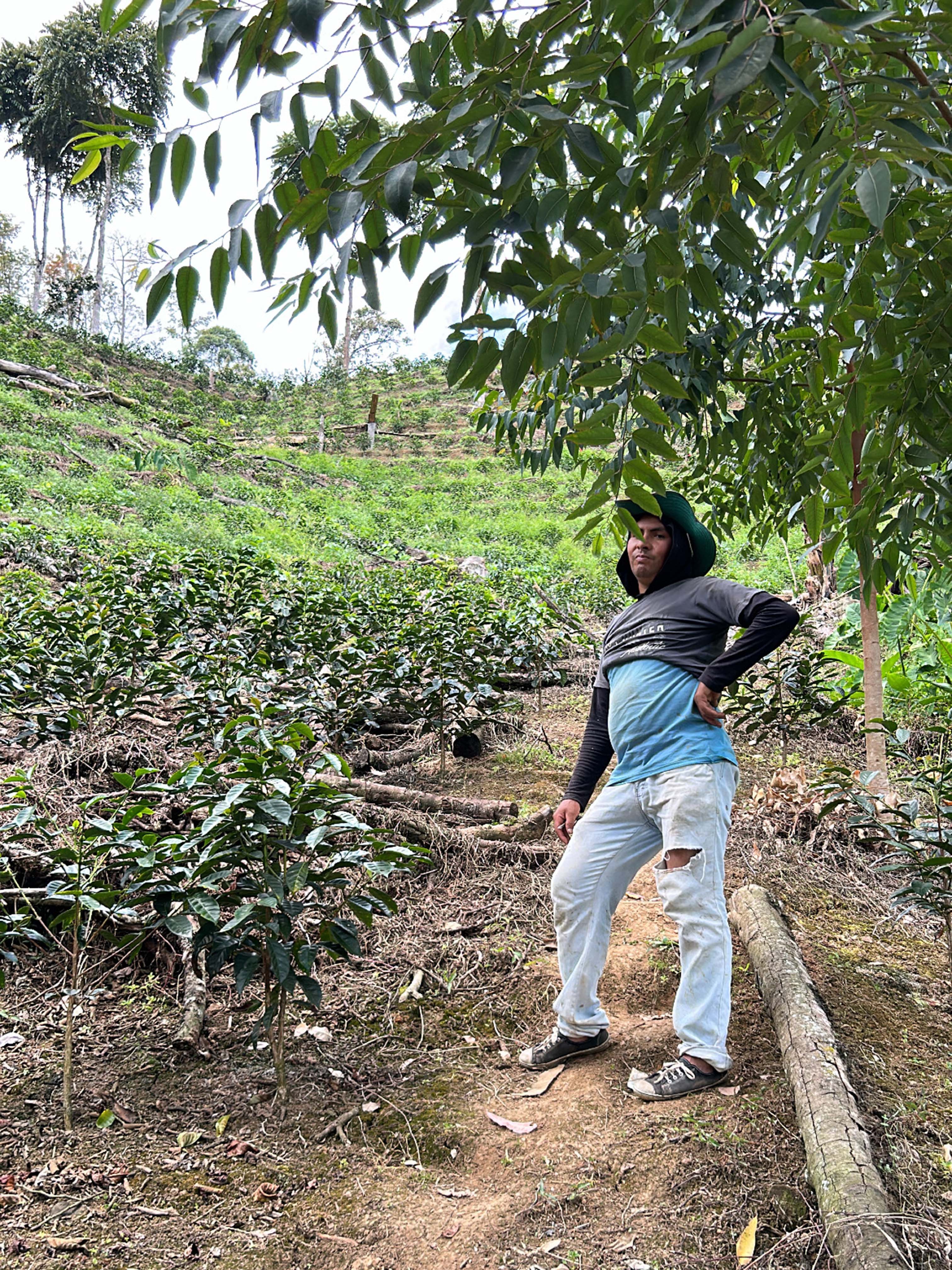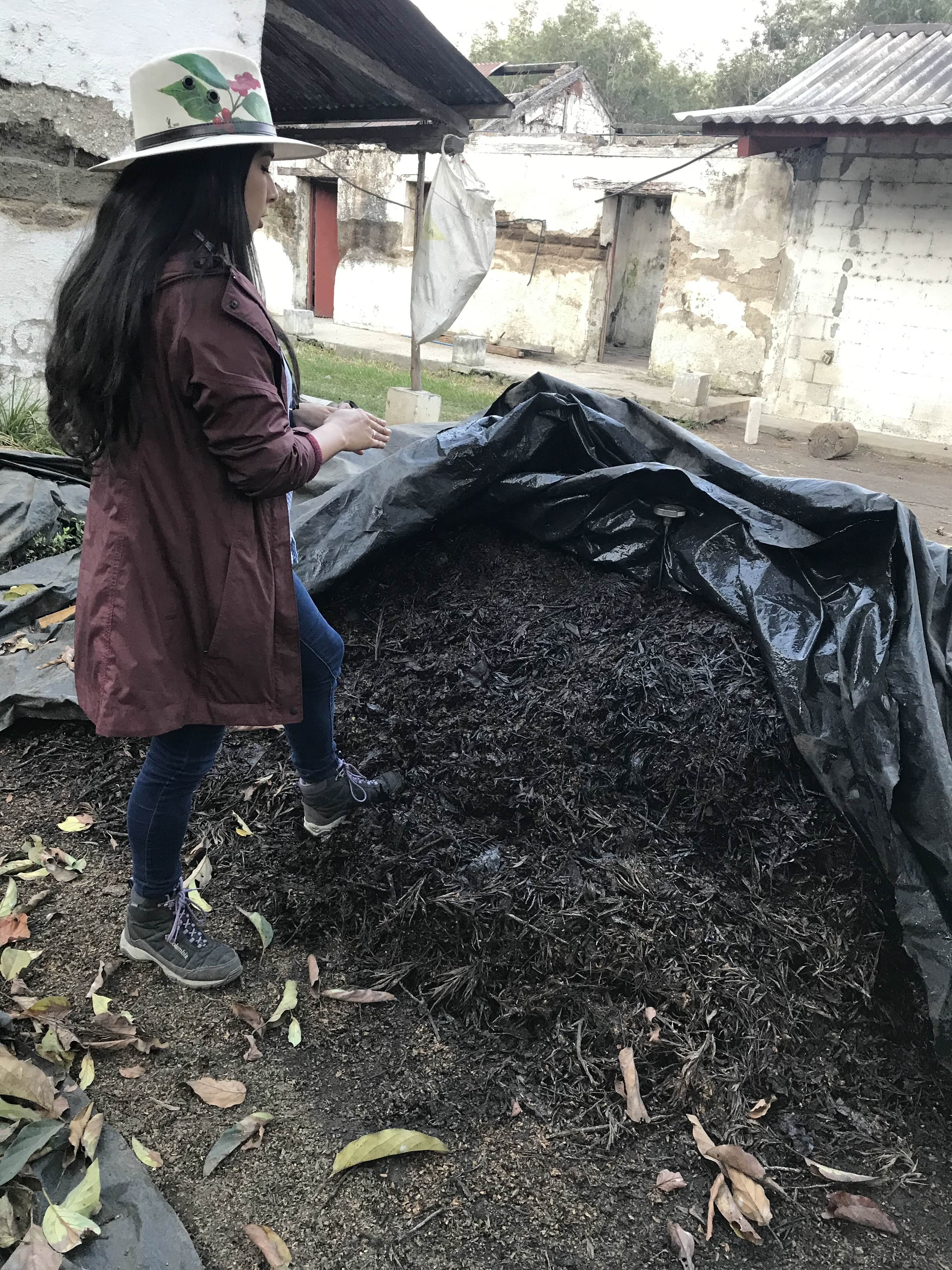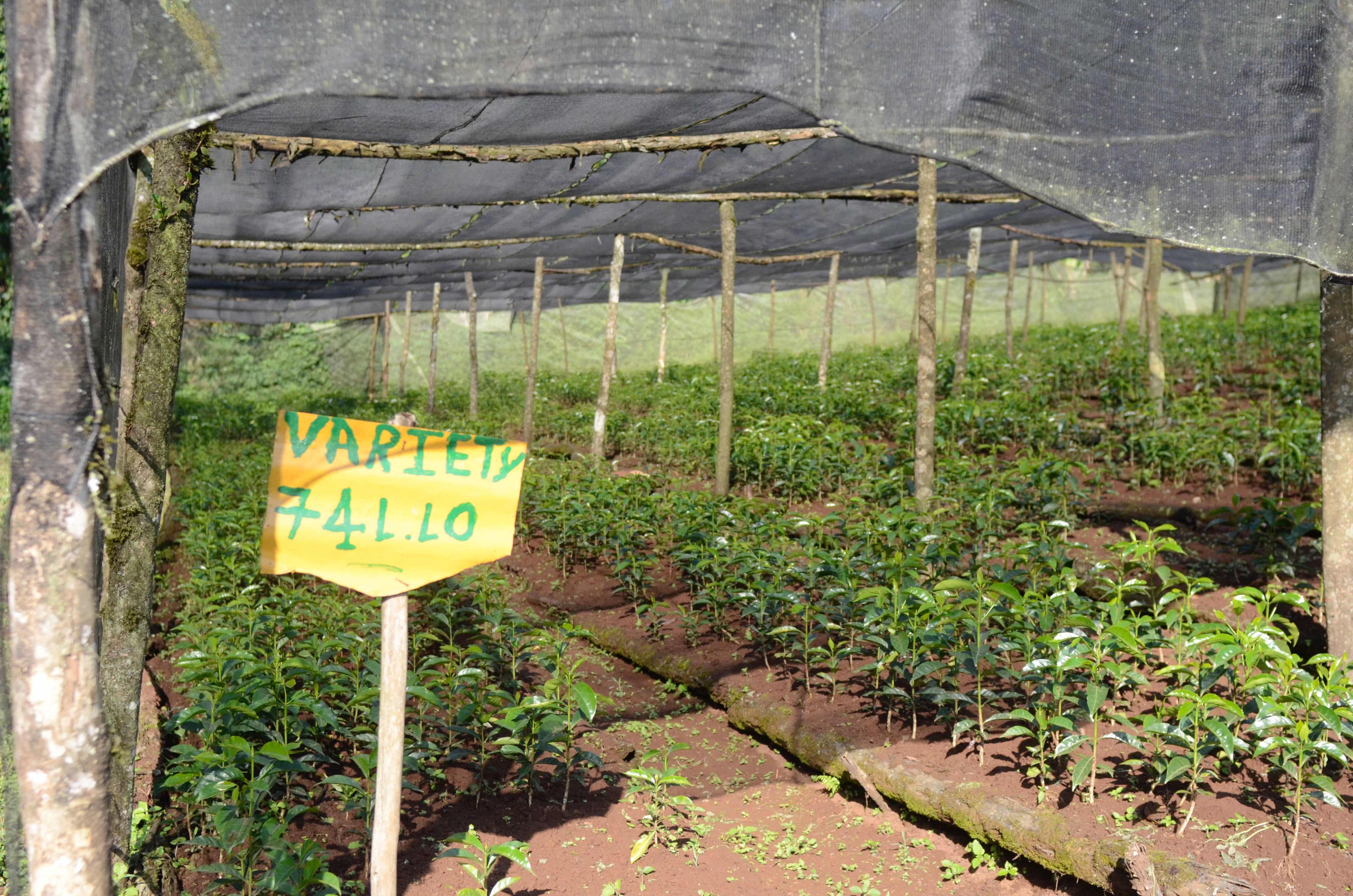This is part one of a multi-part series of blog posts discussing coffee quality and the importance of sustainable practices in the coffee industry. Let's begin with a brief overview of how coffee gets its inherent flavor.
TERROIR + COFFEE
So where does the flavor of coffee even come from? Is it the country, the continent, the process? Honestly, you could argue all of those influence the flavor of a coffee but today I’m going to focus on what characteristics directly influence coffee during its growth. The first thing I’ll have to do is introduce the concept of terroir in relation to coffee!
Terroir: /terˈwär/ (Cambridge Dictionary)
-
the special character that a wine [coffee] is thought to get from the particular place where the grapes [cherries] were grown to make it.
So what plays into the terroir of a coffee? Introducing three elements of terroir: elevation, climate, and soil.
ELEVATION
In specialty coffee, a rule of thumb is the higher the elevation a coffee is grown the more likely it is to have complex flavors. The higher the elevation, the more dense or resilient the coffee crop tends to be, meaning more of those complex sugars and acids are able to come through as higher complexity of flavors in the cup. Additionally, higher altitudes also create slightly lower temperatures leading to slower growth of the coffee. This means the coffee has more time to develop compared to lower altitude coffees which develop quicker. Overall, this means you could notice more of the complex flavors and sweetness coming through in a higher elevation cup.

Coffee farms at high elevations produce more complexity in the cup. Often, this elevation comes at the expense and struggle to grow and harvest coffee on high, steep mountainsides.

More and more, farmers focus on the soil condition and creating balance among all the microbes in soil, which can protect coffee trees from pests and present unique flavor qualities of place.
“When well-cared for, high elevation coffee tends to produce the more acidic, aromatic, and flavorful cup of coffee that many love, while lower elevation coffee tends to have a lower acidity with less… character in the cup.”
- Ashley Delgado, Coffee Lead at Blueprint Coffee
CLIMATE
Coffee is mostly grown between the Tropic of Capricorn and the Tropic of Cancer. I imagine this in my head as a band around the equator of the earth. This is what we call “The Coffee Belt.” It is made up of more than 70 countries around the world. These warmer climates, paired with high elevation, promote the best environment for coffee plants to flourish. The climate in these regions bring moderately sunny days, sufficient amounts of rain, and year-round temperatures between roughly 70° and 85° fahrenheit. This goes to show the needed balance there is for coffee growth to sustain.
SOIL
The soil coffee is grown in plays a massive role as well. The natural soil composition of the region a coffee is grown will influence the profile and taste of the coffee. Some coffee farmers around the world are specifically known for the coffee they produce and will intentionally and deliberately maintain their soil to preserve the unique characteristics and flavors that shine through in their coffee. But wait, there’s more.

Coffee farms will select multiple naturally occurring "varieties" or intentionally breaded "cultivars" to plant on their farm. Considerations are made for flavor, resistance to disease, and yield.
COFFEE VARIETIES + CULTIVARS
Not only does where the coffee grows matter, but the coffee's species matters, too! There are a couple more things to look at like cultivars and varieties. Cultivars are human influenced species bred for specific desirable qualities such as, flavor, disease resistance, and increased yield. Then there's varieties, which are naturally occurring cross-breeds and mutations of coffee in the wild. One isn’t inherently better than the other. It is important to note that when choosing a type of coffee to grow a farmer's likely first priority is one that is reliable for production. In addition to reliability, a farmer will also consider the taste quality and the market demand of a specific variety.
When bringing all these factors together, a holistic view of the coffee terrior starts to form. A coffee region’s elevation, climate, and soil composition all are brought together to influence the final goal of a great coffee experience. For specialty coffee to continue to grow throughout the globe, these factors cannot be overlooked or overshadowed. More transparency with the farmers is needed as an industry, working alongside them to best showcase their coffee, not ours. Keeping these factors in mind when choosing a coffee is critical for the success of not only shops, but all players in the coffee supply chain – ie: roasters, importers, producers, and coffee pickers. Supporting the coffee chain as a whole not only supports these wonderful people throughout, but also nations and their populace as a whole.
